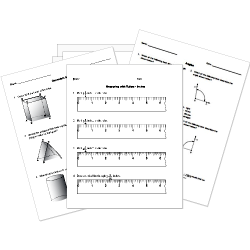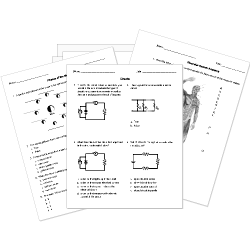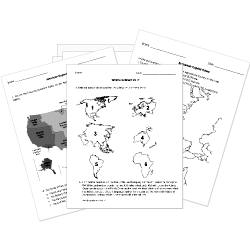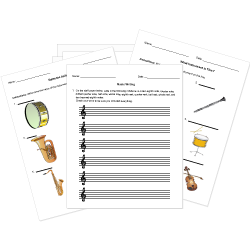Changes in States of Matter
Changes in States of Matter
This lesson aligns with Next Generation Science Standards (NGSS) PS1.A
Introduction
Matter can exist in all three fundamental states such as solid, liquid, and gas. It can change from one state to another due to changes in temperature and pressure. The process by which a substance changes from one physical state of matter to another is called a change of state. When a substance goes through a physical change, it does not change its identity but just its appearance. During a change of state, energy must be added or removed. For example, water can be found in a solid state as an ice cube. When ice melts, it converts into liquid water. As temperature increases, liquid water changes into vapors representing a gaseous state. In this article, we will talk about how matter changes from one state to another.
Change from Solid to Liquid
When a solid is warmed by increasing temperature, its particles gain energy and start moving faster. The intermolecular attractive forces among the particles decrease, enabling them to slide on one another. As a result, the bonds among the particles break, and a solid changes into a liquid. This process in which a matter changes from a solid to a liquid state is called melting. The temperature at which this takes place is known as the melting point.
For example, if you took out the ice cubes from the freezer and placed them in a warm room, the ice cubes would absorb energy from the warmer air around them. This absorbed energy would enable the water molecules to overcome the intermolecular forces holding them together, turning them into liquid form.
Change from Liquid to Solid
In a liquid state, molecules are constantly moving because they have more energy than in a solid. They move around quickly, essentially bouncing off of one another. If a liquid is cooled, its particles lose kinetic energy, thus decreasing their motion. The intermolecular forces become stronger, the particles come closer together, and settle into a stable arrangement, forming a solid.
The process of change of state from a liquid to a solid is called freezing or solidification. The temperature at which this happens is called the freezing point. It occurs at the same temperature as melting. The melting and freezing point of a substance can be defined as the temperature above which the substance is a liquid and below which it is solid.
Change from Liquid to Gas
As the temperature increases constantly, the particles of a liquid gain more energy and completely overcome the intermolecular attractive forces between them. Consequently, they become free, their kinetic energy increases, and they change to a gaseous state. The change of state from a liquid to a gas is known as vaporization. The temperature at which this change occurs is called a boiling point.
Change from Gas to Liquid
If a gas is cooled, its particles lose kinetic energy due to a decrease in temperature. Eventually, their motion is decreased, and they come close to each other. The intermolecular forces become stronger, and the gaseous state change into a liquid. This process is called condensation and occurs at the same temperature as boiling. The boiling and condensation point of a substance can be defined as the temperature above which a substance is a gas and below which it is a liquid.
Change from Solid to Gas
The process in which a solid directly changes to a gaseous state is called sublimation. This happens when a solid absorbs enough energy from the warmer air around it to completely overcome the forces of attraction between its particles. These forces of attraction become weak enough to break the bonds among the particles. As a result, particles are free to move around, their kinetic energy increases, and a solid becomes a gas. Dry ice comes under the example of sublimation.
Summary
- The three states of matter are solid, liquid and gas. One state of matter can be changed into another state due to changes in temperature.
- The process in which a solid changes to a liquid is called melting. It occurs at the temperature called the melting point.
- The change of state from a liquid to a solid is called freezing, and that temperature is called the freezing point.
- The process in which a liquid changes to a gaseous state is called vaporization. it occurs at the temperature called the boiling point.
- The process by which a gas changes to a liquid state is called condensation.
- The process in which a solid directly change to a gaseous state is called sublimation.
Related Worksheets:













